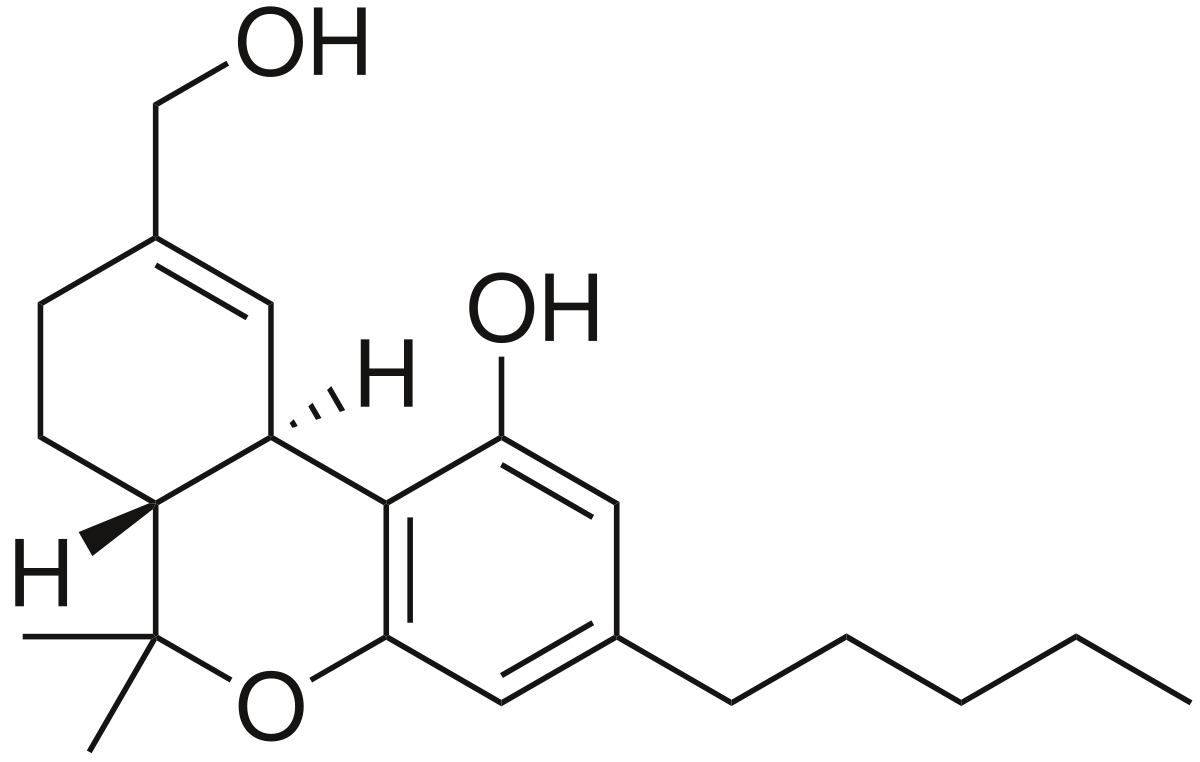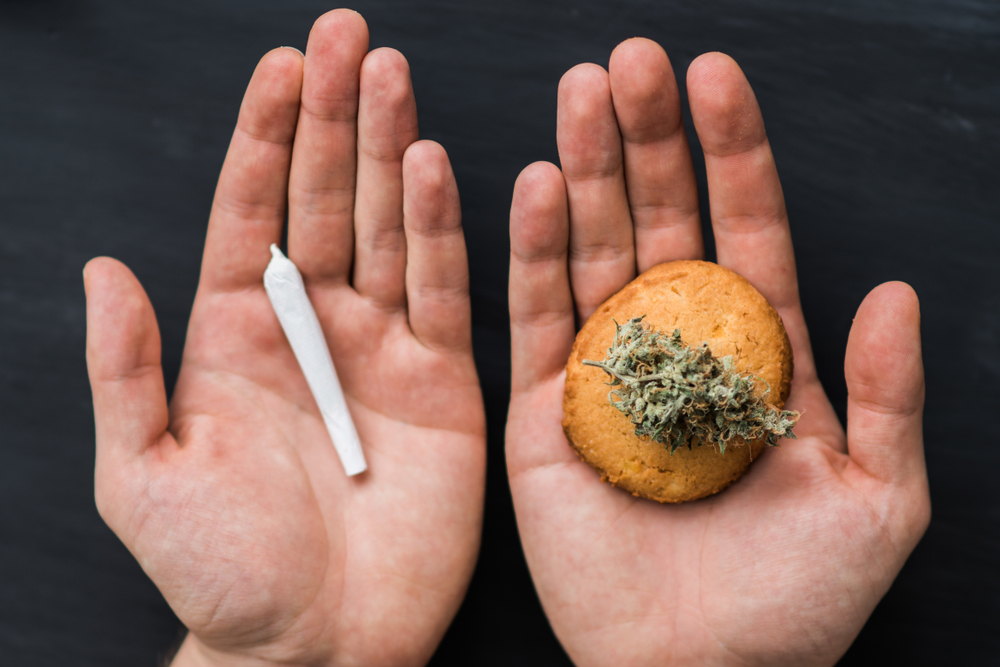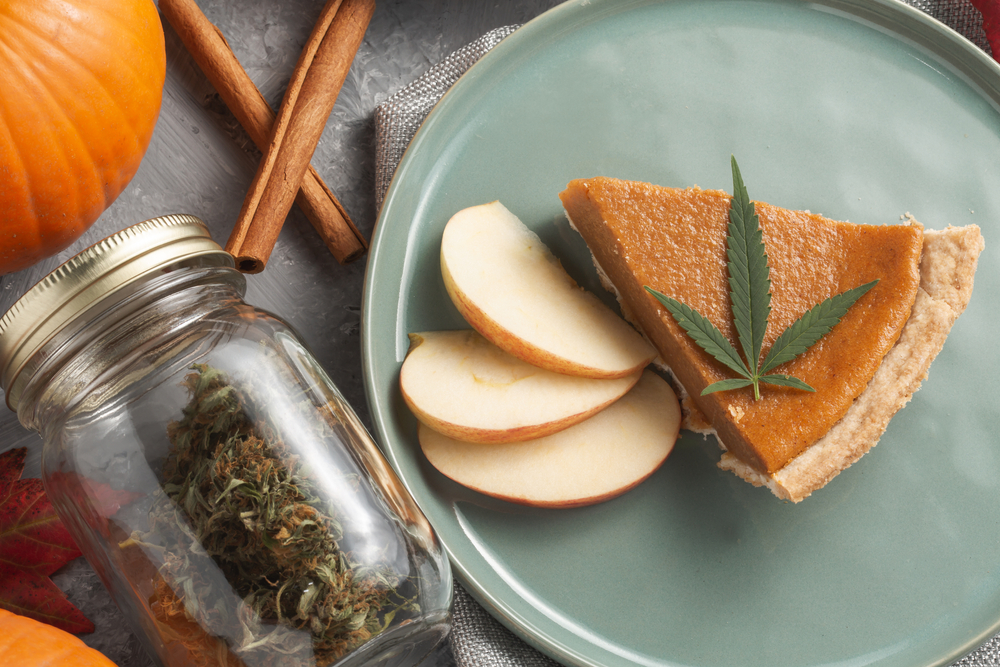One of the most popular and potent substances known worldwide, marijuana has slowly but surely has become everyone’s favourite plant. As a result, cannabis products have become exponentially prevalent in our society.
With increased studies on the different types and effects of cannabinoids on the human physique and psyche, now we know more about marijuana, THC, and other cannabinoids than ever before. There is a wide variety of cannabis edibles available in the market right now, ranging from marijuana strains, concentrates, topicals, and edibles like gummies, brownies, and cookies.
Edibles May Feel More Intense and Hit Harder…
When it comes to edible cannabis, the story becomes interesting. It doesn’t matter how much cannabis you add to your hash brownies; the experience varies individually in this case, and cannabis consumers sometimes may ask themselves:
Why is my edible hitting harder than expected?
The answer is: 11-Hydroxy-THC!
What is 11-OH-THC?

11-OH-THC (numbered as 7-OH-Δ1-THC) is also referred to as 11-hydroxy-THC. It is the dynamic metabolite of THC, formed in the body after cannabis is consumed and goes through the digestive system.
Unrefined or ‘raw’ marijuana contains several cannabinoids. One of them is tetrahydrocannabinol acid (THCA), which is converted into THC after decarboxylation. This process sounds complicated, but it just means exposing weed to heat via smoking or vaping weed. When the body ingests THC, it’s metabolized transformed by the body into 11-OH-THC.
Put more simply, 11-OH-THC is made in the body when the liver and digestive system chemically break down THC.
After THC has been consumed, the body separates and breaks it down into the metabolite 11-OH-THC. Current research suggests that THC metabolism occurs in the liver with the help of an enzyme called CYP2C9. These same studies also indicate that one 11-OH-THC is produced in much larger amounts when THC is eaten compared to when it’s smoked or vaped!
So when you’re eating THC, you’re technically not getting high off of THC at all, but a version of THC that’s been transformed into something entirely different! Still, why does 11-Hydroxy-THC hit so much harder than smoking or vaping?
Smoking vs Eating Cannabis – What’s the Difference?

Smoking Cannabis
First, there is inhalation: you smoke cannabis. The most common form of consuming marijuana, to this day, is inhaling the good stuff. We are, of course, referring to smoking a joint!
You roll a joint and then fire that bad boy up. As you puff and toke, you ascend into a state of bliss. The problems of mortal men suddenly become irrelevant, and you’re in a state of absolute bliss. But just what happens when you smoke a joint that causes this sensation?
Well, as you light a joint up and start inhaling, THC starts entering the lungs. Then, through the alveoli, THC makes the journey from the lungs into the bloodstream. This is where the psychoactive effects begin!
Once you inhale cannabis after it’s in the bloodstream, the cannabinoids waste no time making its way to the brain and the rest of our endocannabinoid system to deliver its effects.
Inhaling marijuana means that you feel its effects almost instantly. After the first couple of puffs, you will feel the buzz start to kick in. So, inhalation is more effective, in terms of time, than any other method of consumption.
So why is it faster than, say, ingesting cannabis?
Well, it is a matter of biology.
Absorption into the bloodstream is much quicker than digestion.
However, because they are absorbed almost instantly, inhaling cannabis means that the peak occurs rather quickly and is likely to wear off much sooner than other forms of consumption, such as ingestion.
Eating Cannabis
After smoking joints, eating cannabis in the form of brownies is one of, if not the most, many popular methods of consuming marijuana. Providing tokers with an accurate and measured dose of THC every time, edibles allow users to know exactly how much weed they’re consuming, unlike joints and vapes.
One of the most well-known methods of ingesting marijuana is through space cakes.
The main difference between inhaling and ingesting it is that when you ingest cannabis, it gets digested and makes its way to your liver and digestive system, where the cannabinoids are metabolized.
This means that while digestion takes a long time for the buzz to settle in than inhaling cannabis does, once the effects kick in, they last for a much more extended period and are much more intense due to the increased potency.
THC vs. 11-OH-THC
So, what is the difference between THC and 11-Hydroxy-THC?
If we look at studies, we can find a clear distinction. While THC is the most abundantly available cannabinoid, it isn’t as effective as 11-Hydroxy-THC.
A study comparing the effects of THC and 11-hydroxy-THC was conducted. Volunteers were given one milligram of THC-9 and 11-Hydroxy-THC. The results were as such: researchers discovered that 11-OH-THC not only had a far more intense psychoactive experience than regular THC, the effects also kicked in quicker than regular THC. Here’s what the science says about the difference between these two cannabinoids.
The Science Behind Hard-Hitting Cannabis Edibles
As mentioned above, when the cannabis plant is digested, it makes its way to our liver. Here, the CYP complex enzymes break it down into a far more potent version of THC called 11-hydroxy-THC. This compound increases the effects of marijuana through a phenomenon called the first-pass metabolism.
With first-pass metabolism, the 11-hydroxy-THC travels into the bloodstream, evenly distributing itself throughout the body. It also passes through the blood-brain barrier to make you feel the necessary effect.
This prolongs the time taken for the psychoactive effects to kick in while simultaneously delivering a longer-lasting and much more intense psychoactive THC experience.
Edibles can also hit harder if you have a lower cannabis tolerance. If your body is not used to metabolizing cannabis regularly, you will feel that the effect is more intense. Someone who regularly consumes cannabis will experience a less intense high.
How To Control Your 11-OH-THC intake?
The only surefire way to control your 11-hydroxy-THC intake is to limit the amount of cannabis you take through digestion.
However, because digestion is the primary method through which 11-OH-THC is made, people should be cautious about how much they ingest, as overconsumption can lead to unnecessary paranoia and anxiety or, in other words, a green out!
11-OH-THC – Small But Mighty
While cannabis is being legalized worldwide and is extremely popular; it is essential to remember that you should consume cannabis responsibly. When taking edibles, your body metabolizes THC in a different way and transforms it into 11-Hydroxy-THC, a more potent version of the cannabinoid.
While 11-OH-THC does make your edible high feel more intense, you can always control your dosage and start with small amounts of THC per gram of edible. Moreover, it is best to consult a healthcare practitioner about the effects of cannabis on the human body and mind beforehand for a better experience.


 No products in the cart.
No products in the cart.